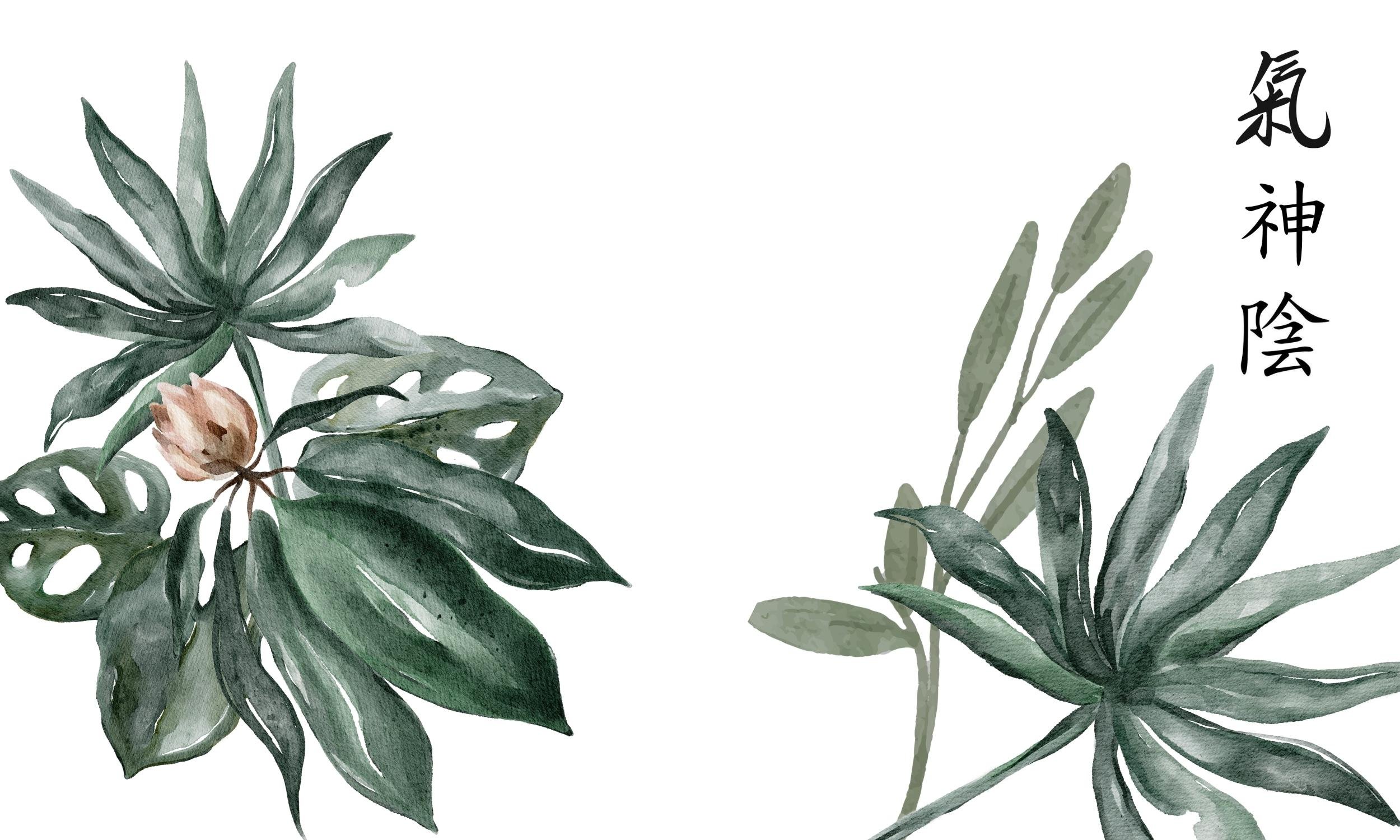
What Is Acupuncture?

How Does Acupuncture Work?
-
Principles of Chinese Medicine
The principles of Chinese Medicine are rooted in Taoist philosophy - ancient wisdom that originated from Lao Tzu, 500 B.C.E. According to Taoist beliefs, Yin and Yang is the basis of everything.
There is an inherent balance in the world where the YIN/YANG represent opposite forces that are dependent upon one another - they are interrelated. Examples are: MALE/FEMALE, SUN/MOON, DAY/NIGHT

-
A Dynamic Balance Between YIN/YANG
The key to maintaining health and preventing disease is to regulate or preserve homeostasis in the body. Balance is determined by looking at the individual in their entirety.
A practitioner of Chinese Medicine directs their attention to the complete psychological and physiological health of the individual - all relevant information, presenting symptoms, as well as other general characteristics, are collected.

-
12 Meridian Pathways
There are 12 primary meridian pathways in the body. Acupuncture works by regulating the flow of Qi & blood through the channels. It involves the insertion of small, sterile, single-use needles into specific acupuncture points along meridians - our body’s energical pathways.
The function of acupuncture is to move Qi & blood throughout the body. By needling or applying acupressure to points on meridian pathways, you can regulate or maintain the organ systems’ health.
